The Sound of Time – An introduction to alarm, hour-strike, repeater, musical and other chiming watches
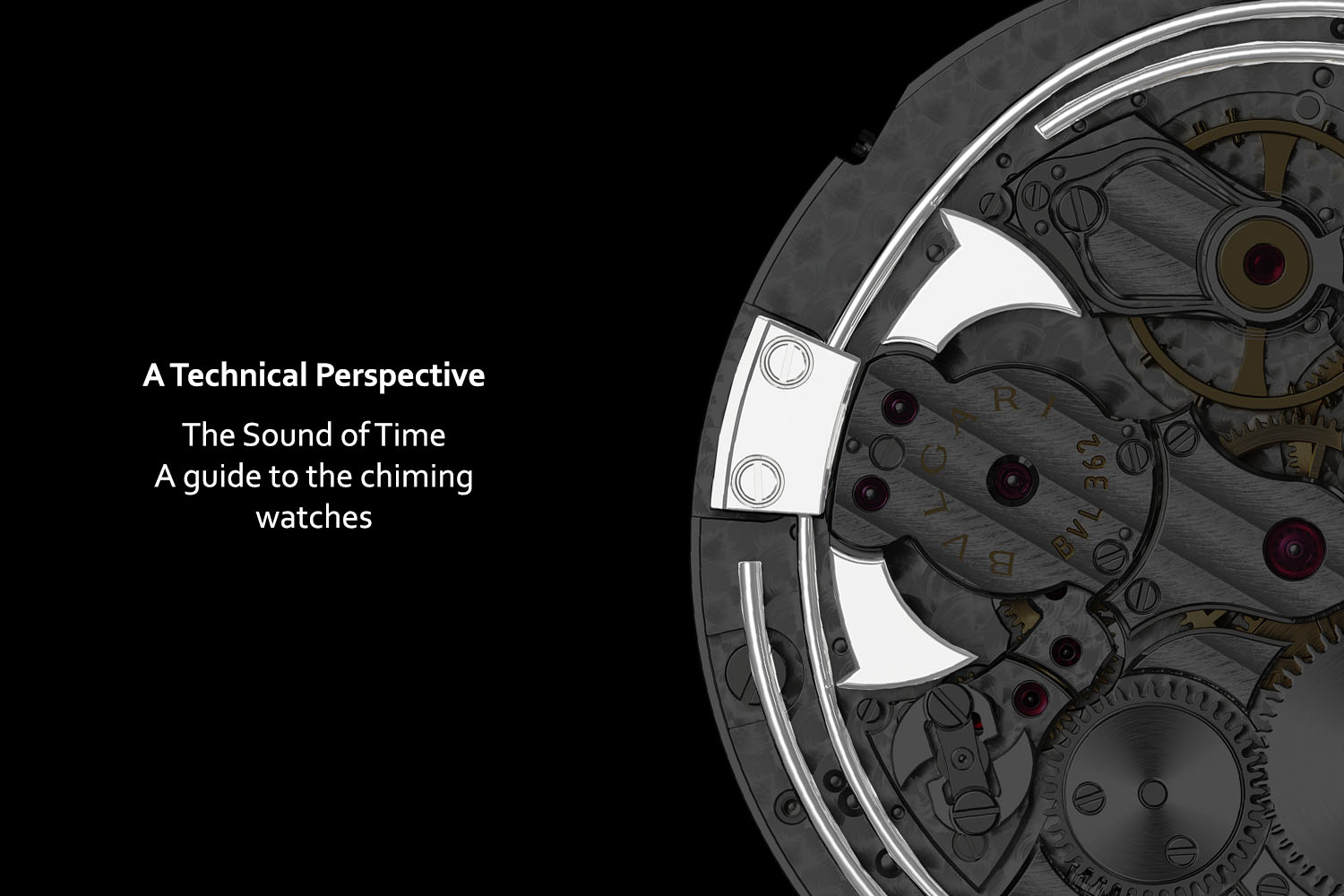
“You wish to see; listen. Hearing is a step towards vision” Bernard de Clairvaux
The word clock comes from Middle Dutch clocke, itself deriving from late Latin clocca, meaning bell. The first mechanical clocks did not have faces but were solely striking timekeepers. The days were divided considering the chime of these bells, as mechanized timekeeping spread through Medieval Europe, during the 14th century. As timepieces became portable, the watch was born, at first carried in the pocket, then strapped to the wrist. The French word for watch montre also means “to show”. Our watches show the time on their dial. But beyond the regular tick-tock orchestrating their sophisticated mechanisms, some watches still make time audible. In this new installment of A Technical Perspective, we’re going to look at alarm, hour-strike, repeater, musical and other chiming watches, in other words, The Sound of Time.
Alarm watches
Modern versions of two of the most iconic alarm wristwatches, the Vulcain Cricket and the Jaeger-LeCoultre Memovox
An alarm watch is designed to ring a signal at a defined time. Everyone probably has cursed their alarm once, but few people can deny their usefulness. It is probably one of the oldest horological complications. The first alarm clocks were stationary. With the development of exchange and travels, these mechanisms were included into pocket watches, as of the 16th century. The first alarm wristwatch was patented in 1908 by Eterna, but success really spread after the creation in 1947 of the legendary Vulcain Cricket calibre, which truly raised the bar for such watches. Among the other undeniable references is Jaeger-Lecoultre, with the Memovox, the first automatic alarm watch, released in the early 1950s. The two brands also produced dive watches (respectively the Nautical and the Polaris) featuring mechanisms audible underwater, to help monitor the ascent back to the surface.
Traditional mechanical alarm watches ring by means of a mainspring, tensioned to power a hammer striking on resounding parts: a bell, a gong or the case of the watch itself. The alarm mechanism is coupled to the movement, with a wheel commanding a cam to trigger the signal, at the desired time.
The Blancpain 1241 calibre powering the Leman Réveil GMT with automatic winding. Its hammer (1) strikes a gong coiled around the movement (2).
Repeaters
A repeater is a mechanical watch that chimes the time on demand, by activating a trigger or push button. There are different types of repeaters, chiming simply the hours or striking time down to the minute. For instance, a quarter repeater strikes the hours on one tone and then the quarter hours on another. A 5-minute repeater strikes the hours and then the number of 5-minute intervals elapsed. A minute repeater strikes the hours on one tone (low pitch), the quarters by a sequence of 2 tones (high pitch – low pitch) and the minutes with a second tone (high pitch).
5-minute or quarter repeaters are seldom produced today, as manufacturers would rather turn towards minute repeaters. Still, these are among the most complex watch mechanisms calling upon the highest watchmaking skills. Thus, they remain rather rare.
Repeaters where invented before the invention of electricity, to allow people to know time in the dead of night. The first repeater clock was the brainchild of English Reverend and watchmaker Edward Barlow, in 1676. It defined the principles for crafting such mechanisms ever since. A few years later, the creation of the first repeater pocket watch involved a controversy. British watchmakers Edward Barlow and Daniel Quare both claimed credit for the invention; the courts sided for Quare.
The Vacheron Constantin 1731 minute repeater caliber. The front of the movement (right) shows the intricacies of repeater mechanism in particular its cams and racks. The time is ‘memorized’ by the mechanism by snail cams (hours, quarters and minutes). When the slide of the repeater is activated, a feeler spindle reads the information on each cam, transmit the information to the racks allowing the hammers to strike the gongs a given number of time according to the selected sequence. On the back of the movement (left), the two hammers, the hardened steel gongs coiled around the movement. Just next to the hammers, the skeleton barrel that powers the repeater gear train.
Watchmakers pay utmost attention to the acoustic quality of repeaters, patiently adjusting various parameters to reach the loudest, purest and richest sound possible. The gongs, for instance, must be set in a perfect position and finely tuned, filing them until the desired sound is obtained. The angle and strength at which the hammers strike the gongs must be patiently optimized. The strikes must be orchestrated with the right tempo thanks to a regulator (called the governor). A time-consuming and delicate process for which watchmakers must have a skilled hand and a trained musical ear.
The Breguet Tradition Minute Repeater and Tourbillon. The gongs (another invention of Abraham Louis Breguet to replace the bells in use previously) are shaped across the movement instead of circling it. To amplify the sound propagation towards the outside, the hammers are unusually striking vertically from the movement towards the sapphire crystal.
To produce musical repeaters with rich, clear chimes, watchmakers have created a variety of enhancements. In particular, cathedral gongs are circling the movement nearly twice; so-called Westminster chimes use at least 4 sets of gongs and hammers to imitate the sound of Big Ben. Beyond the caliber, the case and the entire internal structure of the watch are designed to resonate perfectly. Among the numerous recent innovations, Jaeger-LeCoultre recently patented a system where the gongs are soldered to the watch sapphire crystal, in order to magnify the intensity of the vibrations emitted outside the case.
The Audemars Piguet Royal Oak Concept SuperSonnerie presented at SIHH 2015 features an innovative ‘sound board’ to which the gongs are attached. Its principles is similar to that of stringed music instruments to amplify the sound of the repeater.
Grande Sonnerie and Petite Sonnerie
The Grande and Petite Sonnerie hold a very special place in the world of Haute Horlogerie, being among the most complex horological creations. Both strike the hours and quarters automatically, though only the Grande Sonnerie repeats the hour at every quarter. Usually, both are fitted with a pusher or slide to silence the mechanism. They also feature a repeater mechanism to chime time on demand.
There is but a handful of watchmakers capable of manufacturing such mechanisms. Beyond the complexity of the functions added to the repeating mechanism, the management power consumption is critical, as it chimes without activation from the user, hence without the energy provided when pushing a slide. Therefore, the energy must be stored and released when needed. Traditionally a dedicated barrel is used, but the FP Journe Sonnerie has just one mainspring to power both the timekeeping mechanism and the striking mechanism.
The Hybris Mechanica à grande sonnerie by Jaeger-LeCoultre. Its movement comprises no fewer than 1300 parts. Its sonnerie mechanism features a Westminster chime with a 12-hour power reserve. This extremely complex watch also features a Tourbillon and a perpetual calendar.
Musical watches
Inspired by mechanical music boxes, some chiming watches are capable of playing melodies, on demand or every passing hour (“sonnerie au passage” in French). Among the technical challenges, the miniaturization of such mechanisms, a revolving cylinder and a steel comb with a set of tuned teeth, so they can be integrated into wristwatches is a real feat.
The Orchestra by Christophe Claret. Its comb is capable of playing 20 individuals notes, plucked by 120 pins on the revolving cylinder. Each pin is carefully inserted by hand on the cylinder. The Orchestra can play two different melodies at each passing hour or on demand and has a silent mode.
Ulysse Nardin presented the Stranger playing Frank Sinatra’s “Stranger in the Night” and redesigned the traditional pin and roller style music box mechanism, replacing it with a rotating disc fitted with pins interacting with a series of 10 blades extended over its dial. Breguet unveiled an alarm musical watch with a sweet melody (Bach for the 2013 version) to free its wearer from the arms of Morpheus.
The Ulysse Nardin Stranger plays its melody to the passing hour and on demand; it features a mechanism to silent the hourly melody.
Automatons
Taking advantage of the energy triggered when activating the slide and eventually by the strike of the hammers on the gongs, some repeaters feature automaton on their dials, inspired by a tradition that goes back to the 17th century. Among these, erotic watches animate some of the most explicit scenes.
The Bulgari Commedia Dell’arte Minute Repeater with automaton. The minute repeater has cathedral gongs. The automaton is decorated with miniature painting, engraving and chiseling. Activating the repeater animates the scene and its characters.
Perpetuating the spirit of its founder, the great clock and automaton maker Pierre Jaquet-Droz, the eponymous manufacturer released the superb ‘Charming Bird’. This masterpiece is the first to integrate a singing bird automata technology into a wristwatch, with piston-driven bellows to provide the whistle while the bird turns and flap its wings. The techniques inherited from the 18th century have been modernized and miniaturized. For instance, sapphire is used for the tube and carbon for the piston when centuries ago Pierre Jaquet Droz was using animal bladder for similar purposes. Although the automaton is not triggered by the watch mechanism, this creation is remarkable enough to be mentioned here.

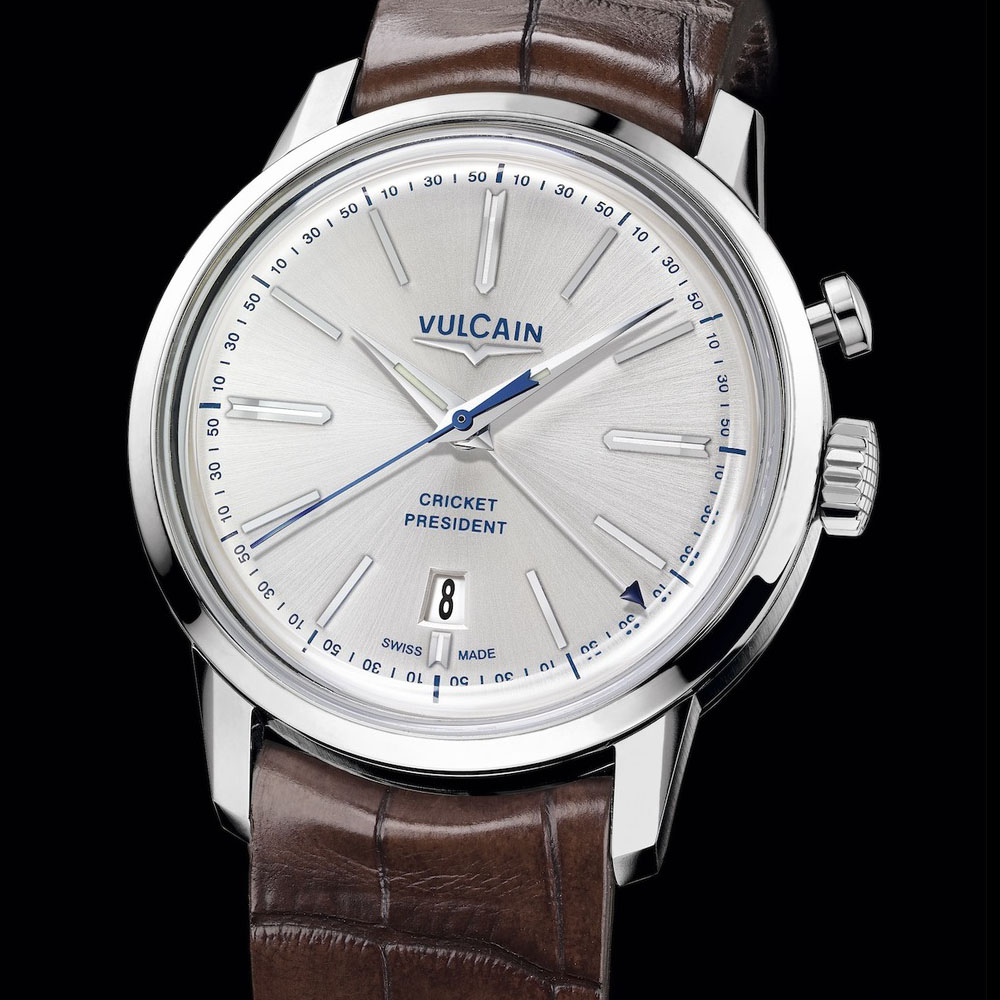

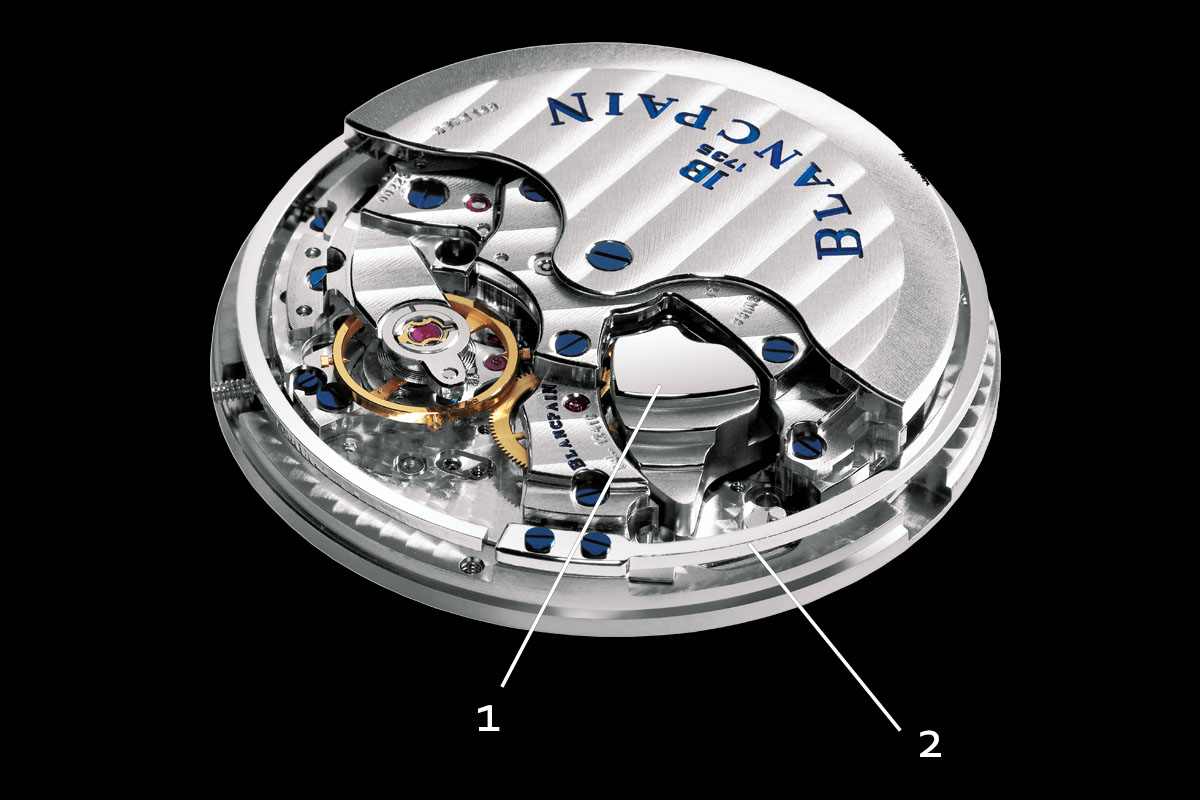
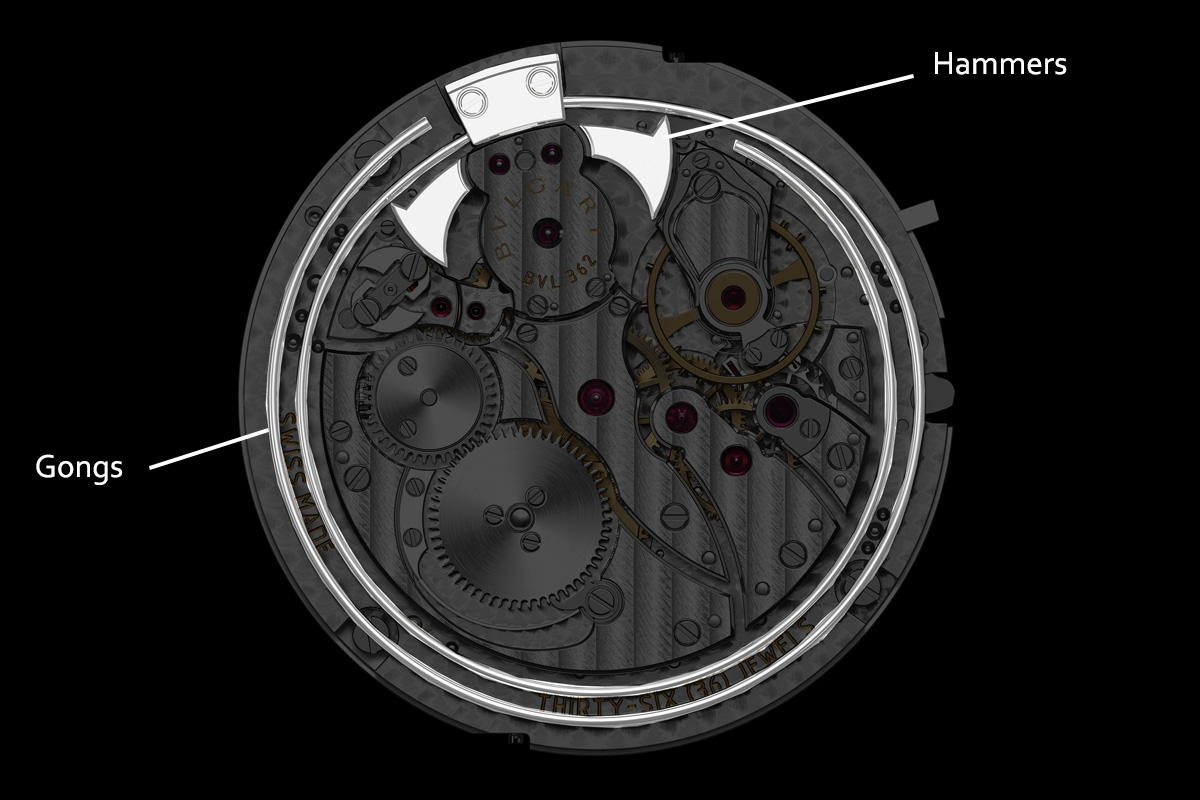
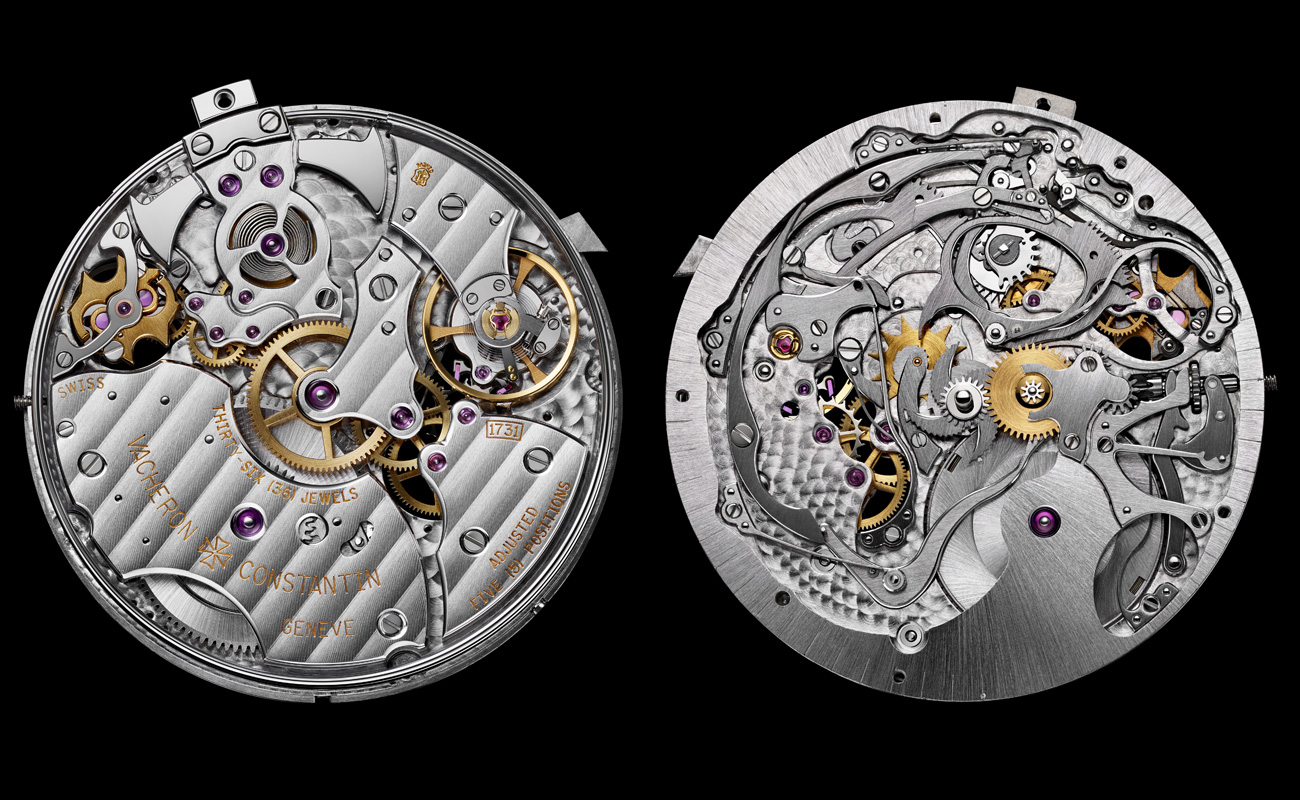
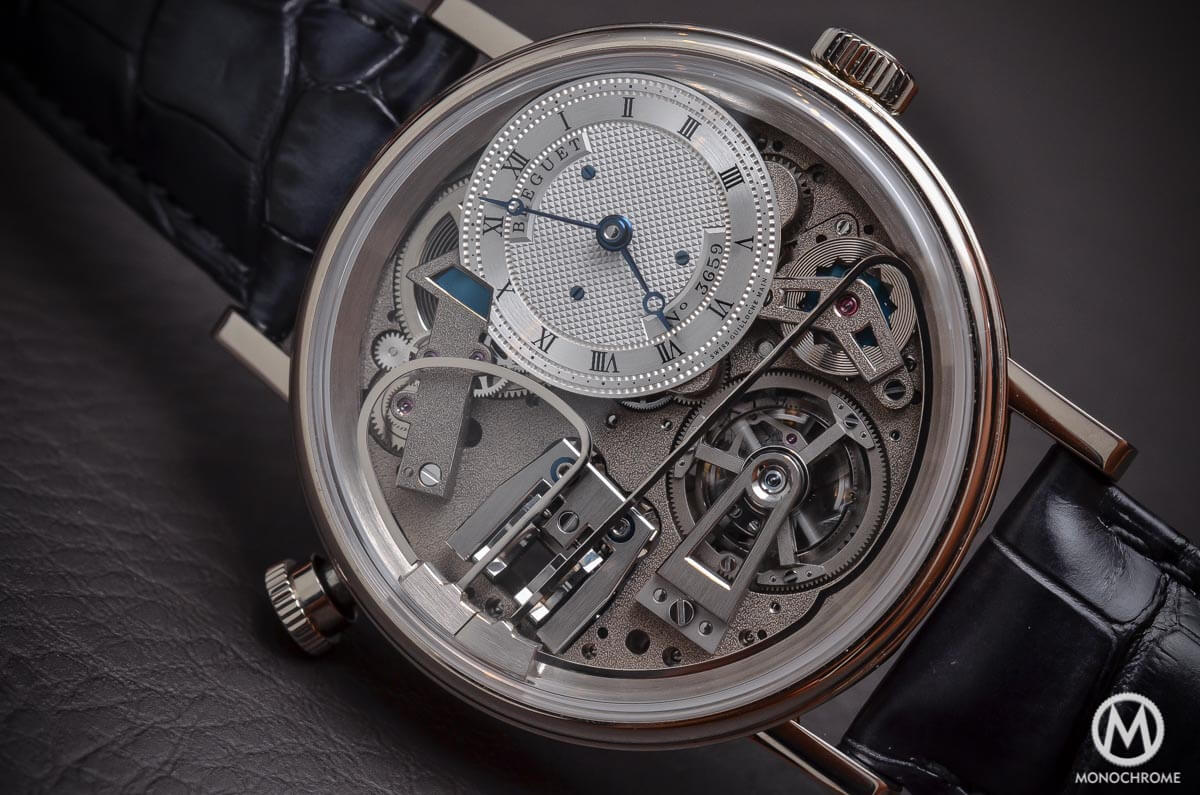

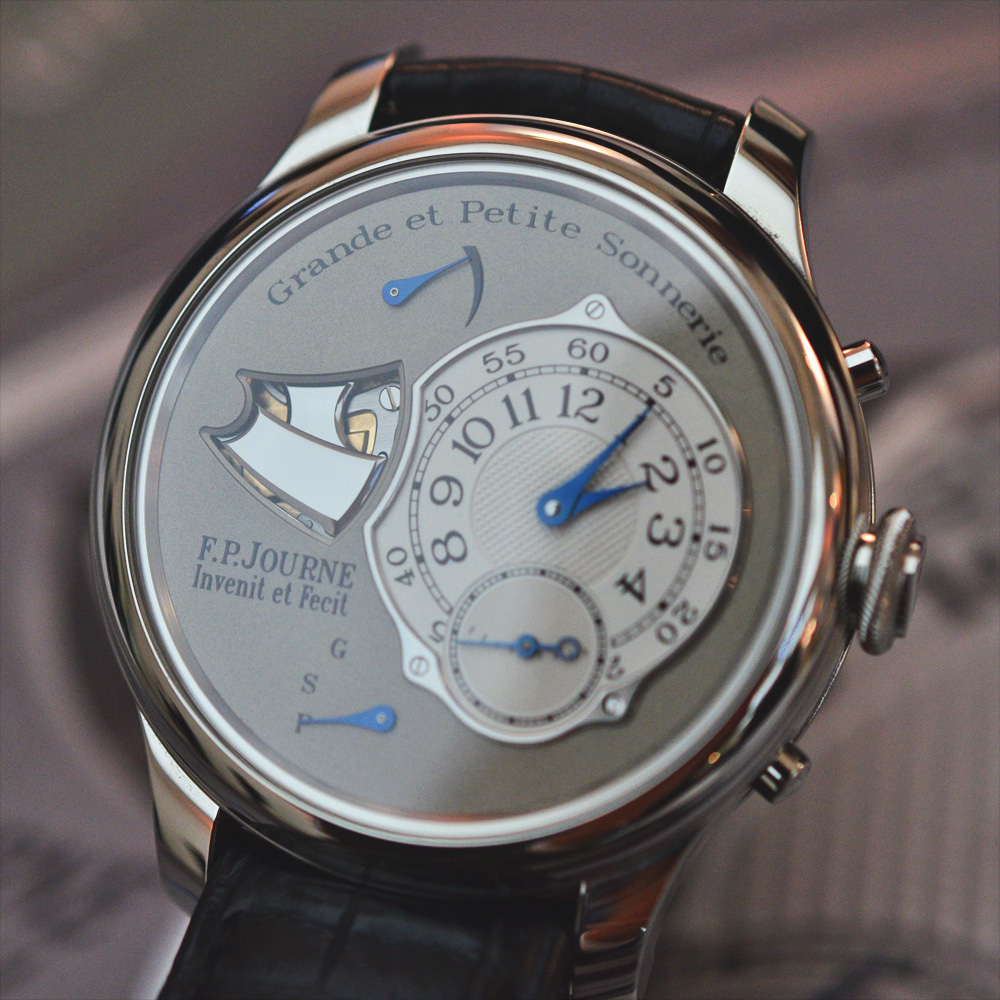
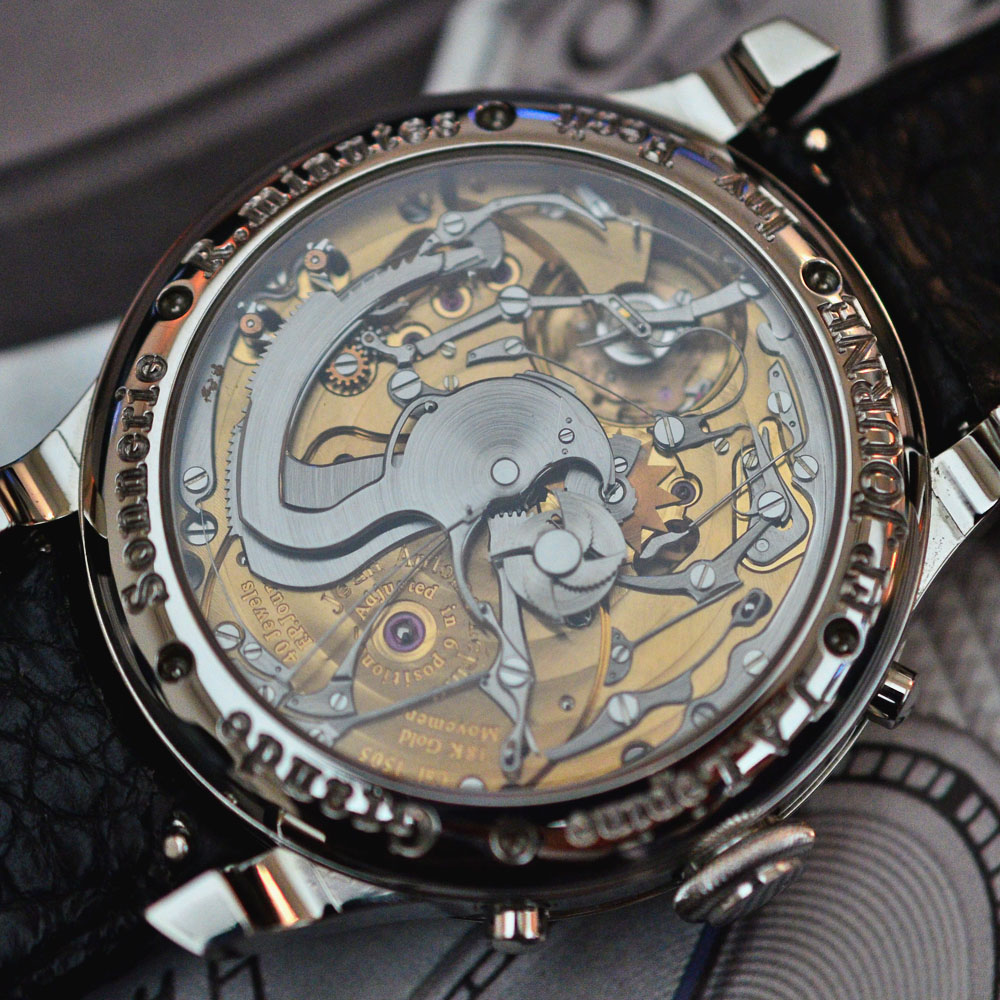
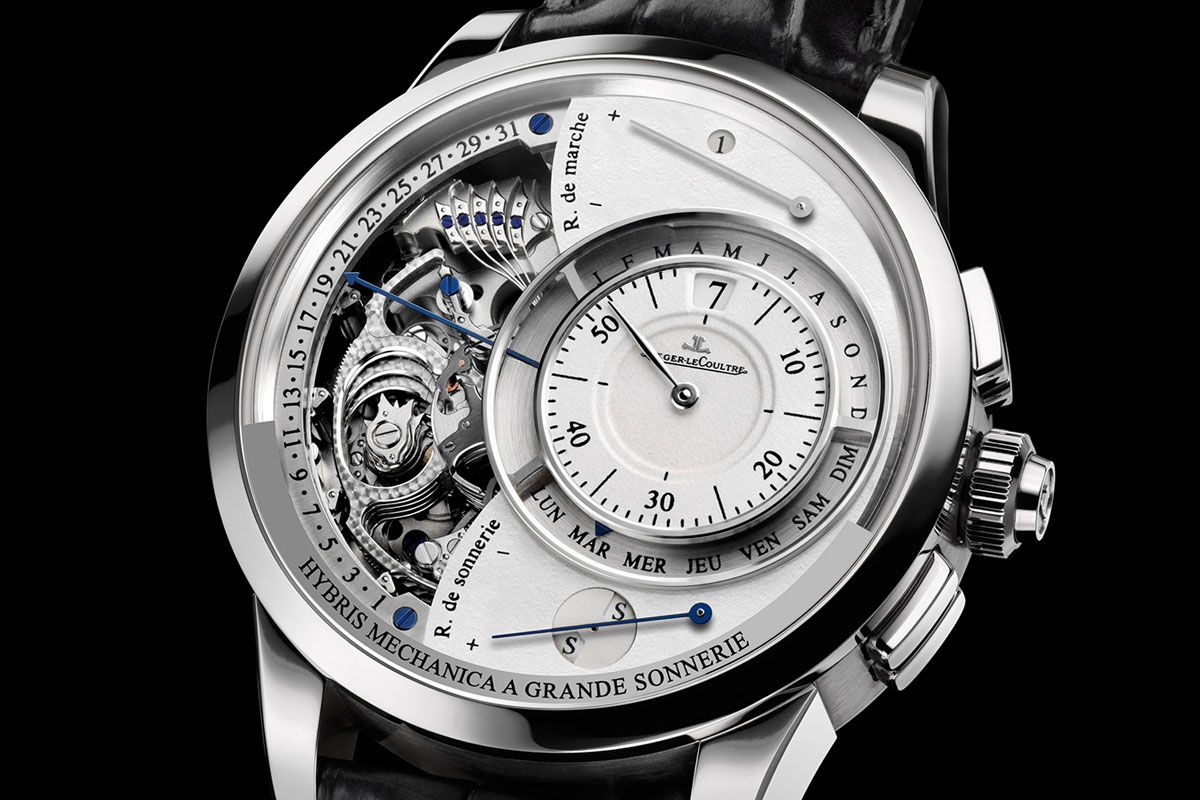
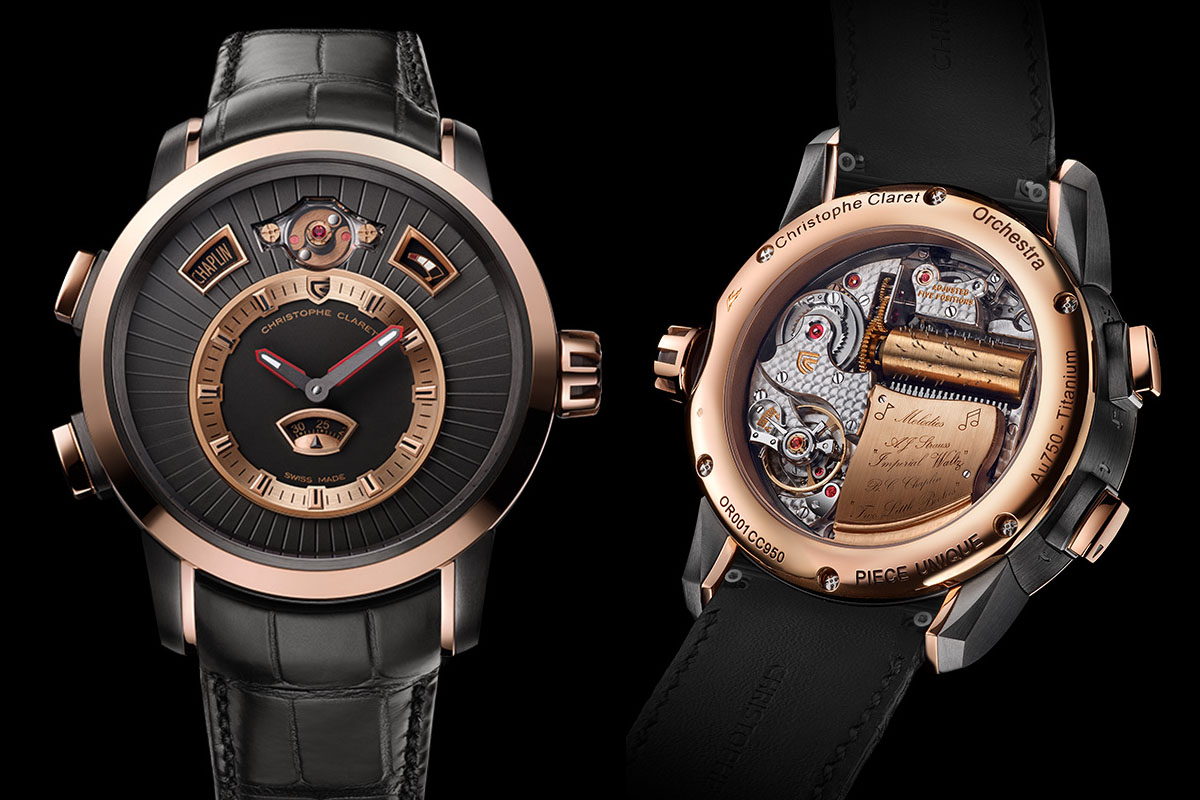
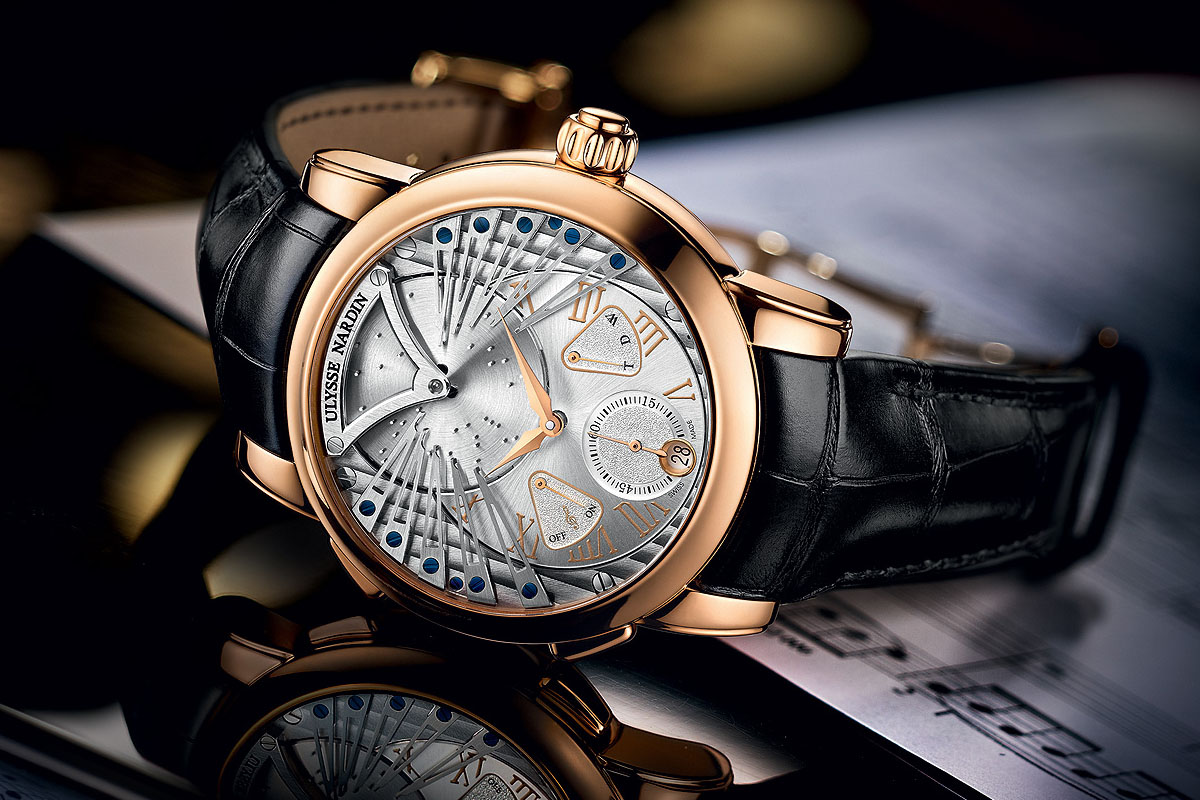

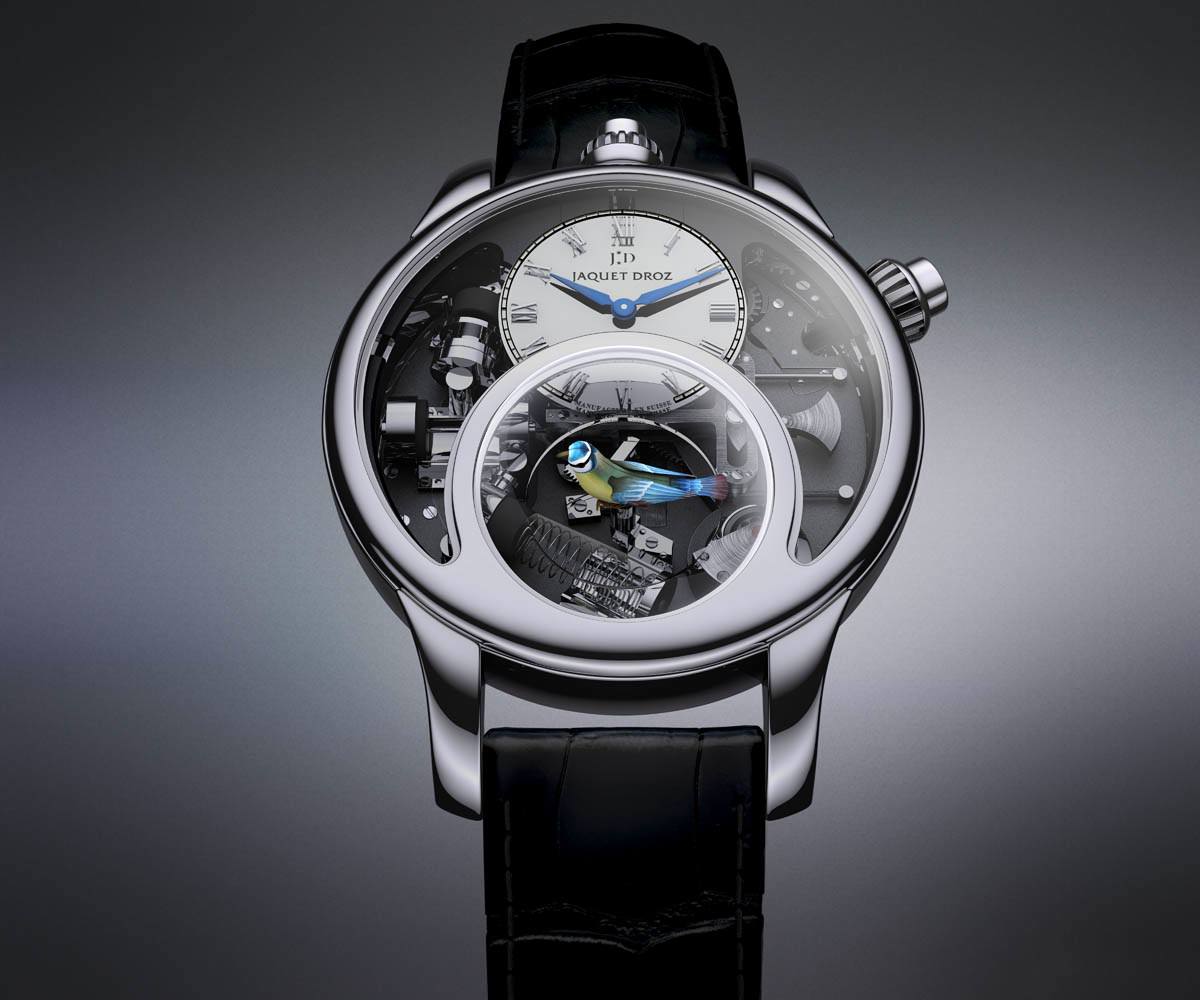
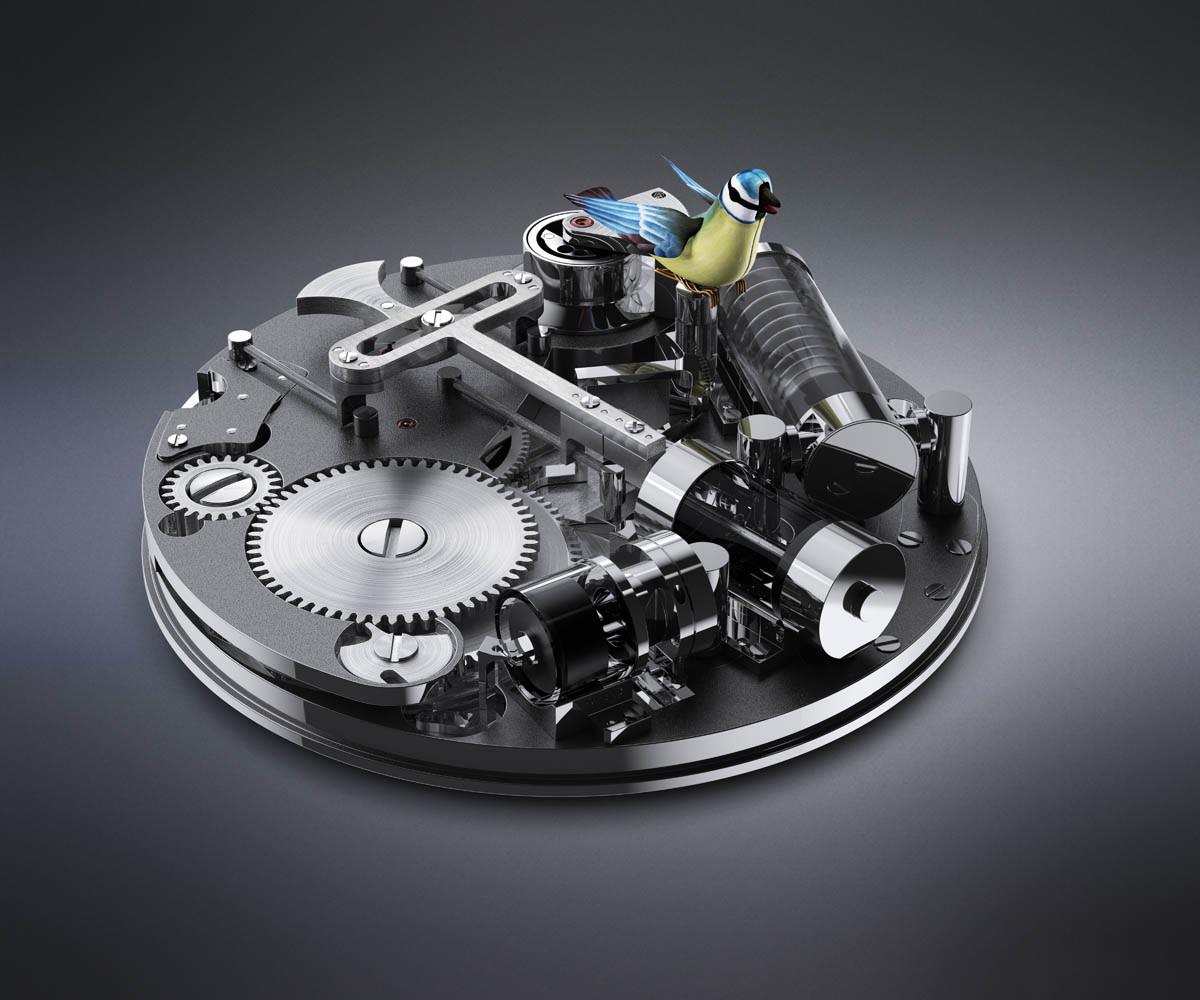



8 responses
Great article! A good read on a Friday night. Thank you. 🙂
Wonderful article, why not include a video/audio clip?
Great review!!!
Thanks for reading and for your comments. And yes video/audio would be a worthy addition.
Really good Sunday reading. Love this article.
If you could include a few videos from Youtube to show the movement, it would be even better.
a Cricket President is definitely a grail watch for me.
Riveting reading for a watch crazy addict !
keep on the good work………….. awesome